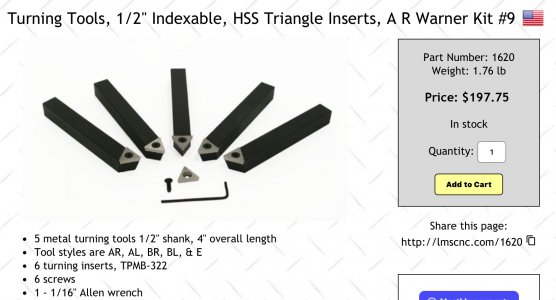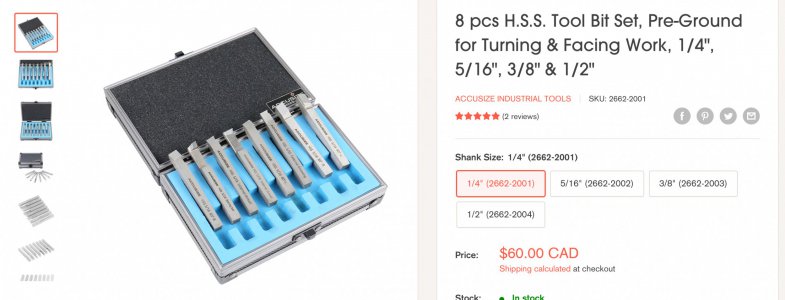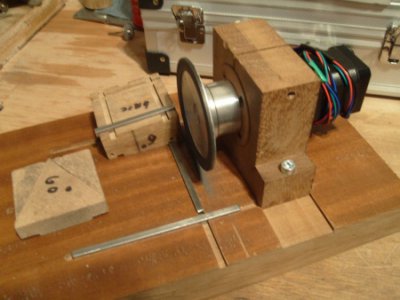They will not do as well on steel as they do in aluminum. But they would work. Without any rake, you're gonna be pretty small on the depth of cut and feed rate, but they will work. I would suggest simply trying one (gently) and see what it does for you. I don't know how "available" those inserts are, but given the no back rake and no side rake situation, I suspect the nose radius might be kind of a big deal to you. But try what you've got. I can tell you this- I use a south bend 9 inch lathe, and I have tool bits ranging from a quarter to a half inch. If the inserts work, you might get "some" benefit from the half inch tool holders, but the 3/8 ones that you have, they're as stout as the lathe. If you think a little extra mass and weight might help, then yeah, bigger would be give you a little of that. Move the chatter frequencies and such. But if you can't make the ones you have work "pretty darned good", then I wouldn't count on a larger set being tangibly better. I think the biggest drawback (which "might" be OK, depending what you'r'e doing) is going to be the rake angles.
I'm assuming that you're using the stock four way post or quick change post that presents the tool perfectly horizontally, right? If so, here's a though about grinding your own tools. This "old school method" of making tools has some weird geometries (or at least not intuitive at first) when you're using an "old school tool post" that presents the tool at various upward angles. Grinding tools to present horizontally and square to the work does require a little more material removal, but the geometry is very simple and intuitive that way.
I find that with a low(er) speed and low(er) powered lathe, there are times when carbide tools are necessary for some steels. But the higher tool pressure and horsepower per cut requirements are night and day. Overall, even if you've got to deal with some strings here and there, the lower tool pressure from ground HSS bits makes the whole thing a much more enjoyable experience. So what I'm saying is basically that you need tools that work for you, but don't be surprised if what works for you is a mix of tool types. HSS for where it's best, and carbide for where it is best.
But anyhow, as I said, take the tools you have, and give one a go. See what happens. You won't hurt the lathe, and as long as you don't crash it you won't hurt the holder. Worst you'll do is get a bad cut, or bugger an insert. I have doubts, but maybe it's OK for what you're doing. There's one way to find out.

 littlemachineshop.com
littlemachineshop.com







